Clivia
1. Clivia is not growing well and its roots are rotten frequently? Why don't you throw it in the water
Take the Clivia out of the pot and clean up the soil at the root
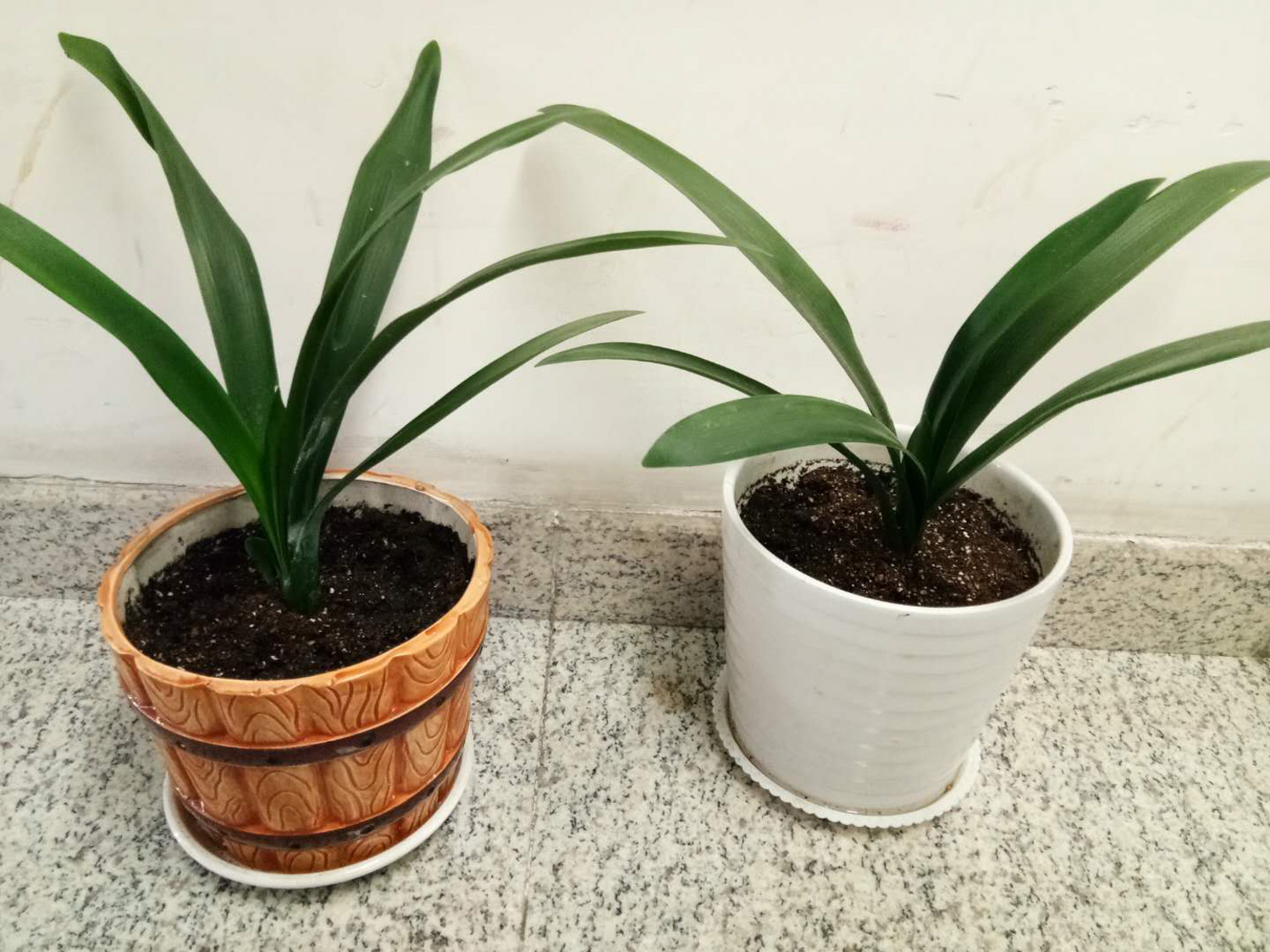
2. Cut off the whole root system, but pay attention to keep the bulb so as to induce roots in the later stage
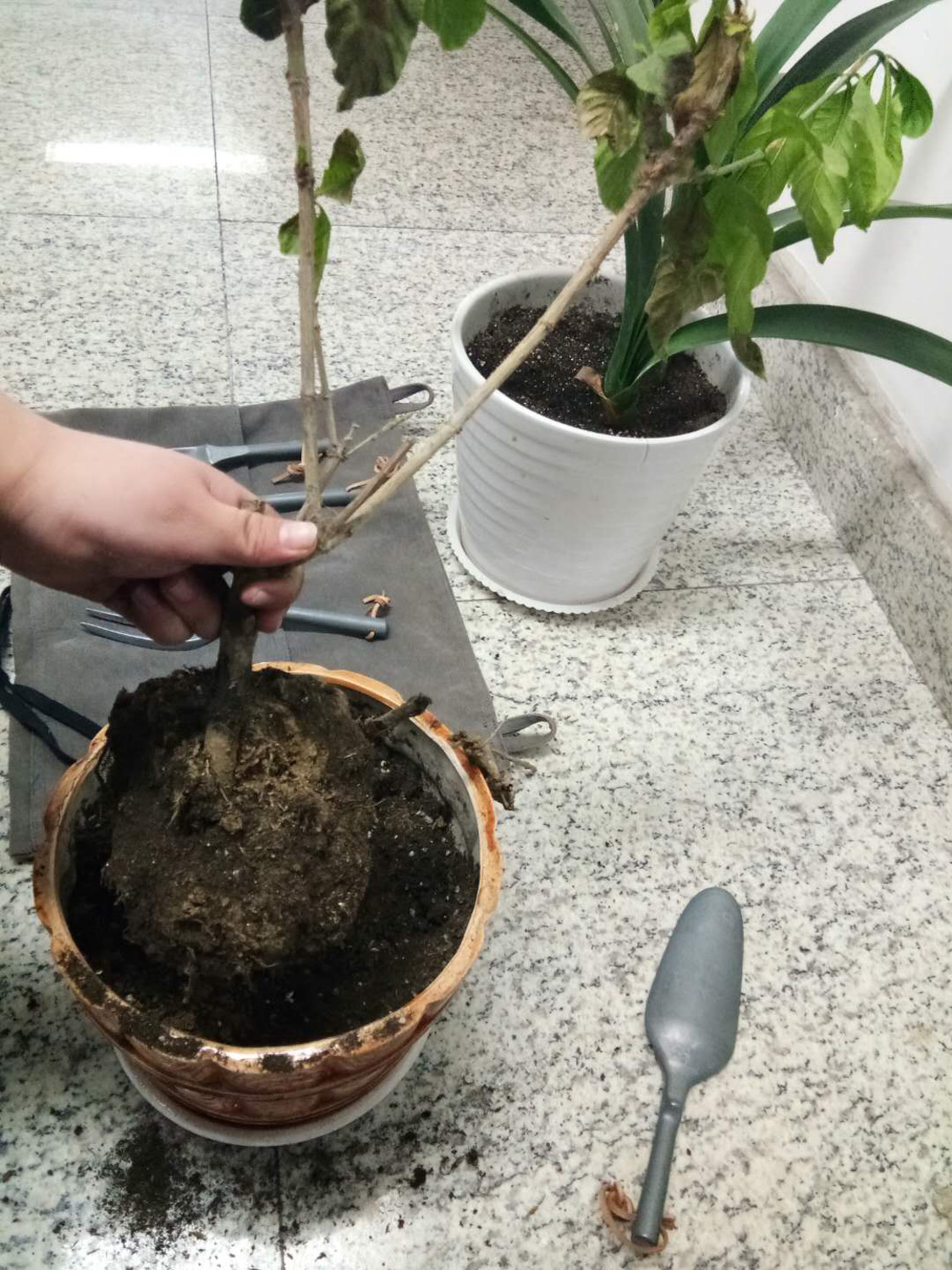
3. Soak the root in potassium permanganate solution for half an hour and dry it in a cool and ventilated place
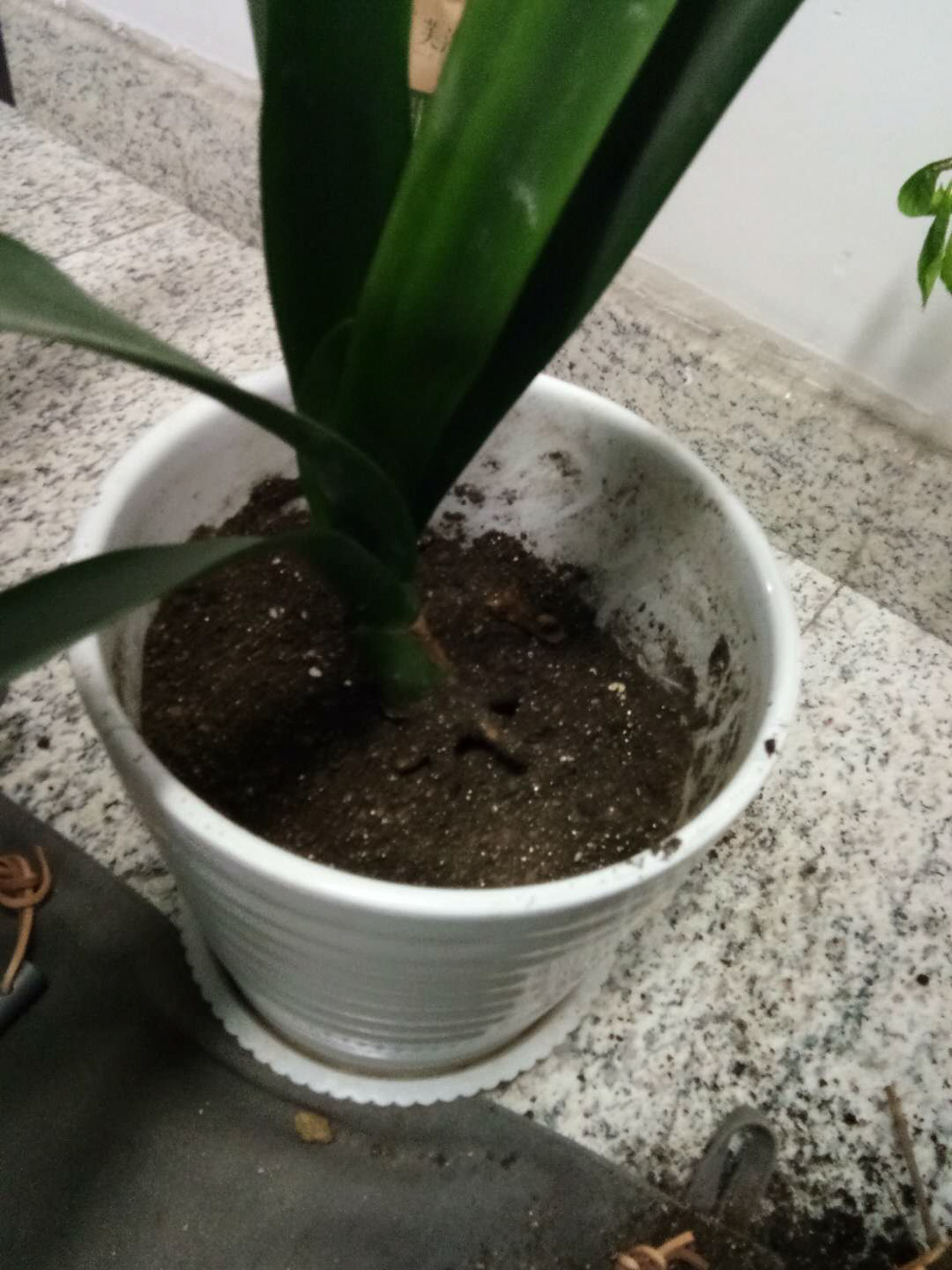
4. Put the Clivia into a hydroponic flask and dip the root slightly into the water. If Clivia plants are too small, they can also be clibed with foam and paper towels. p>
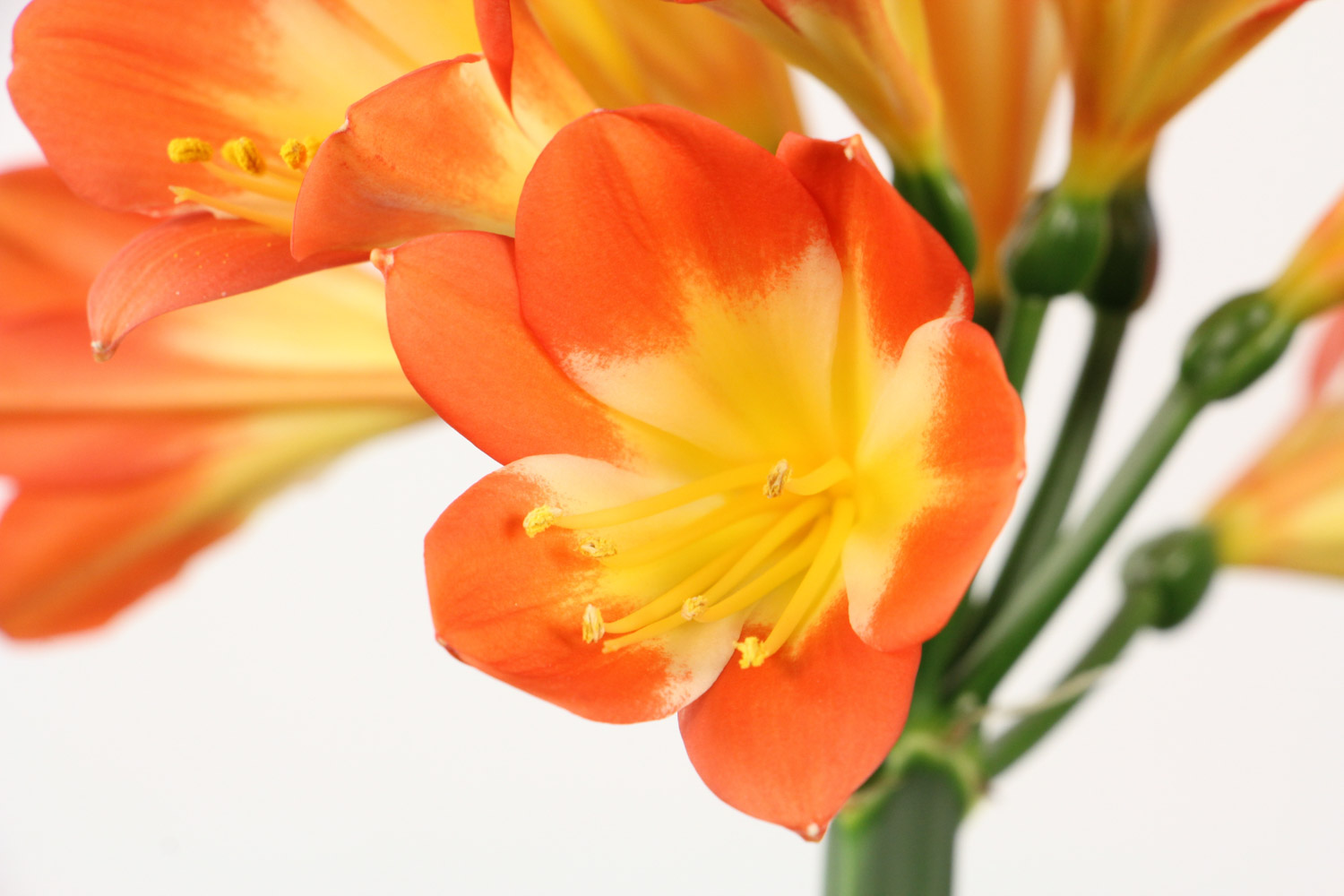
4. Clivia will slowly grow roots. After growing roots, lower the water surface and expose some roots above the water surface
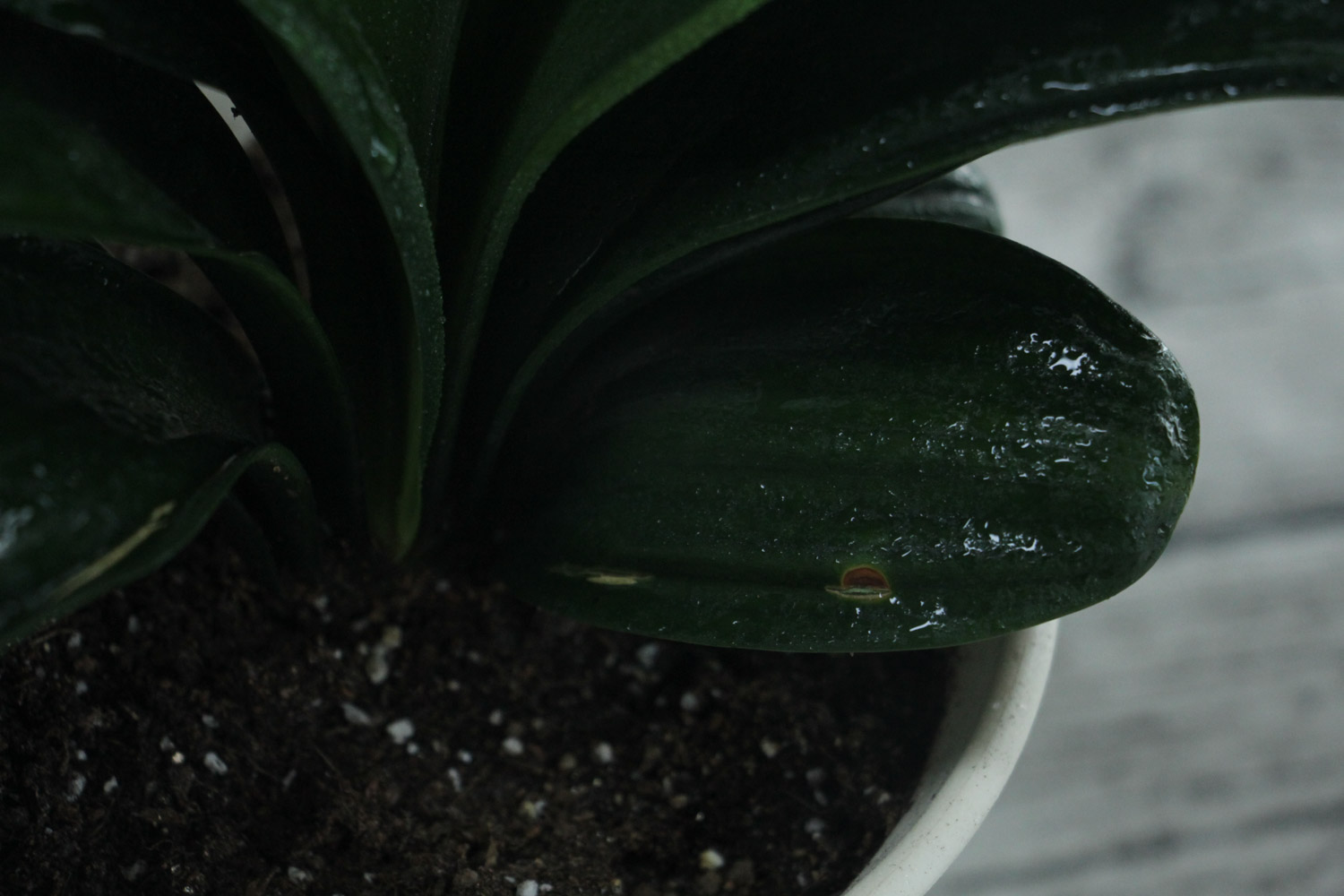
5. The biggest advantage of hydroponic Clivia is that it is not easy to rot. Clivia will grow well as long as it is well ventilated and clean. Give it a thin drop of organic liquid fertilizer every half a month, which can fully meet the nutrition required for the growth of Clivia
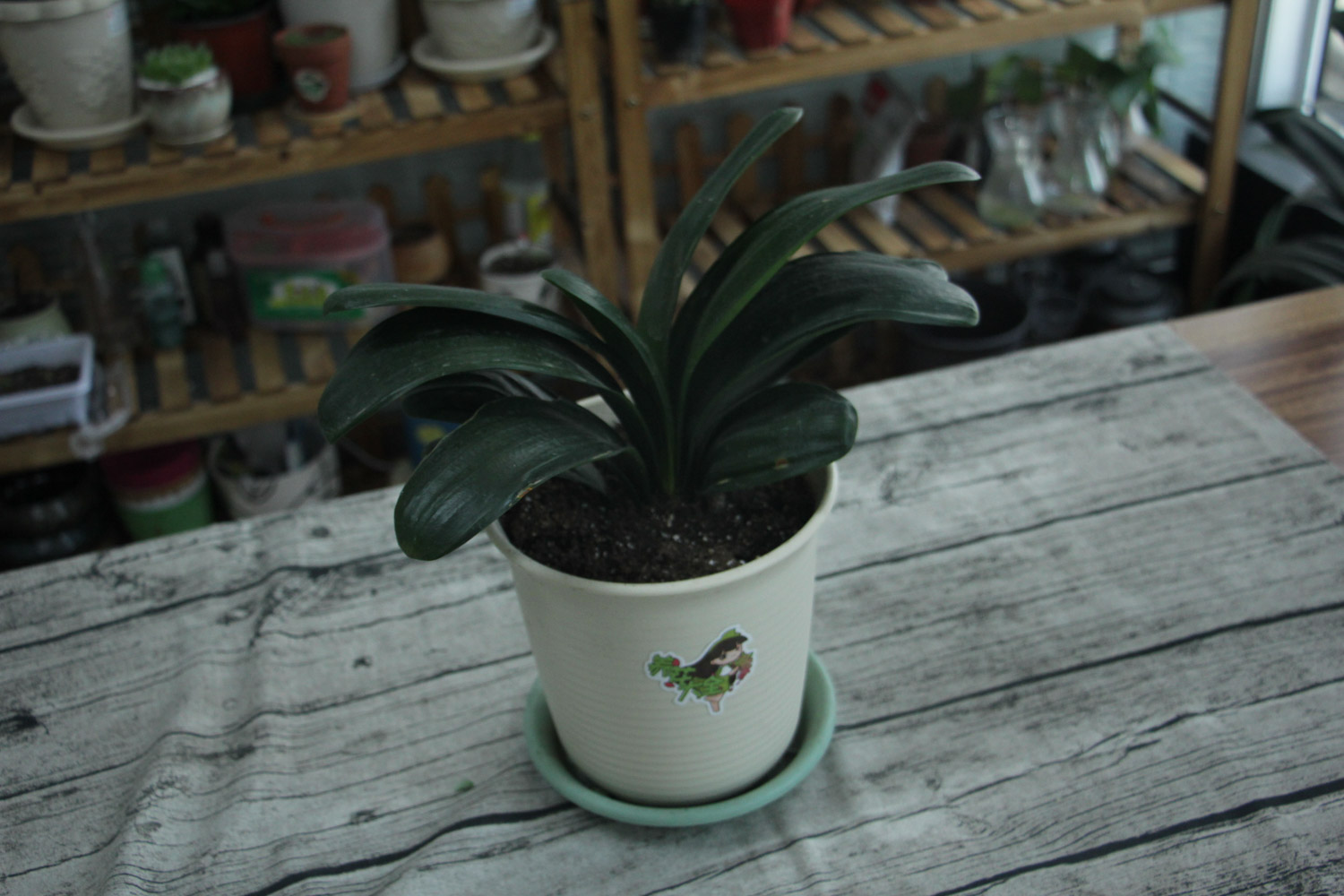
Rose
1. Roses are always prone to diseases and pests, listless, and yellow leaves wilt? Why don't you throw it in the water
Select the branch of a rose, preferably after the flower. After the flower is cut off, the cell activity of the remaining branch is very high
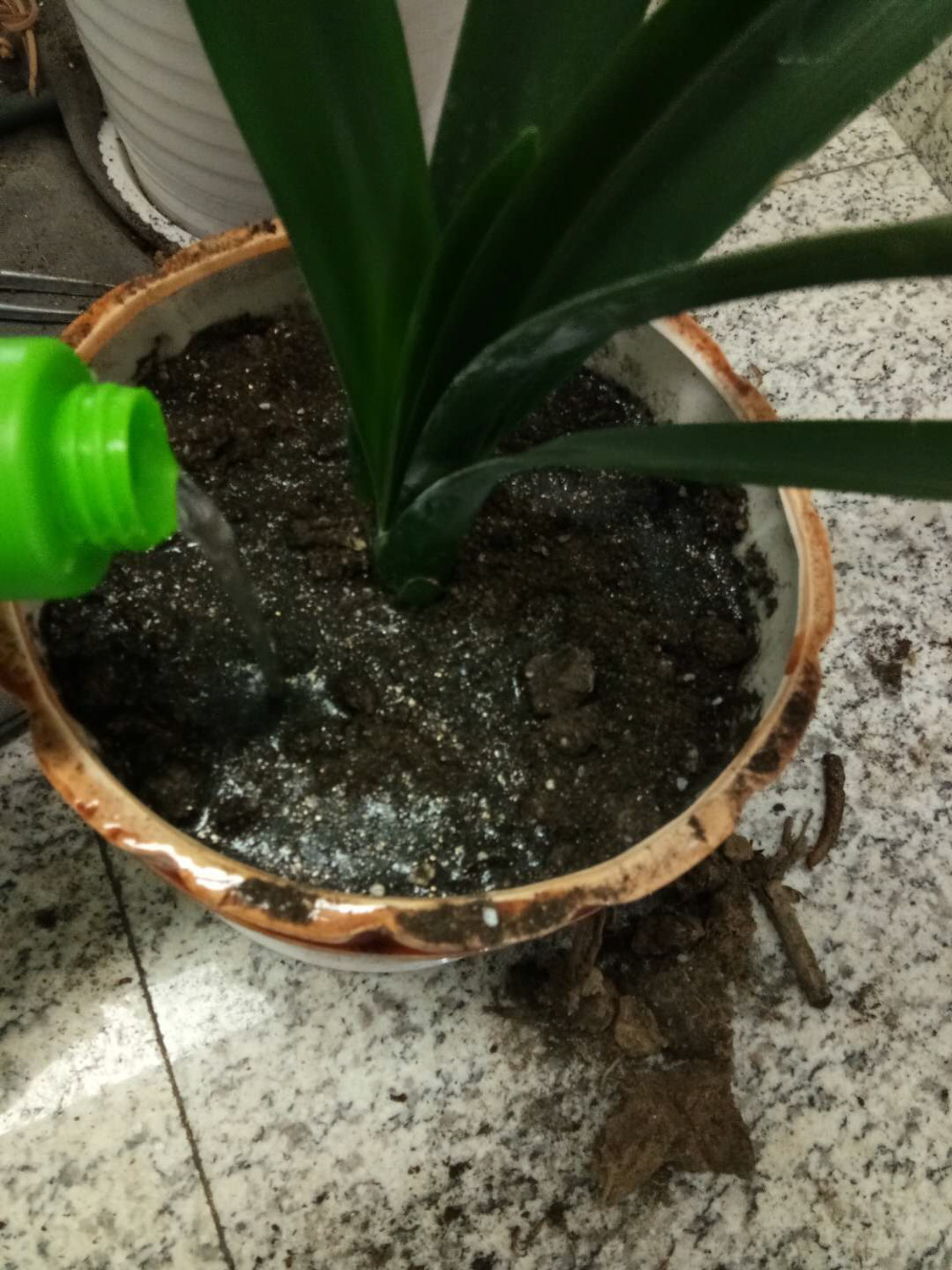
2. The bottom of the branch is cut obliquely at an angle of 45 degrees
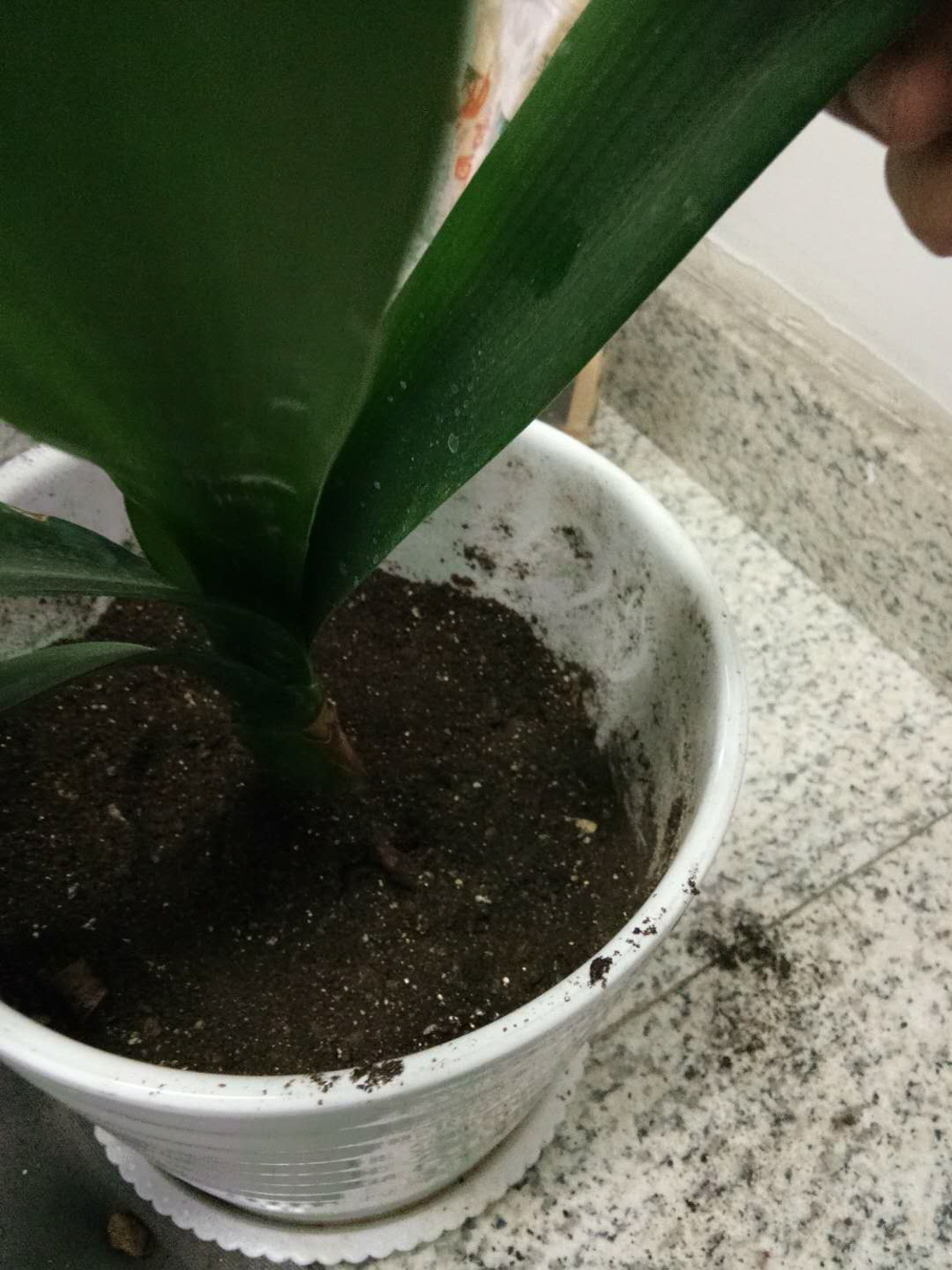
3. Just insert the branches into the water. At this time, the branches will grow roots in about half a month
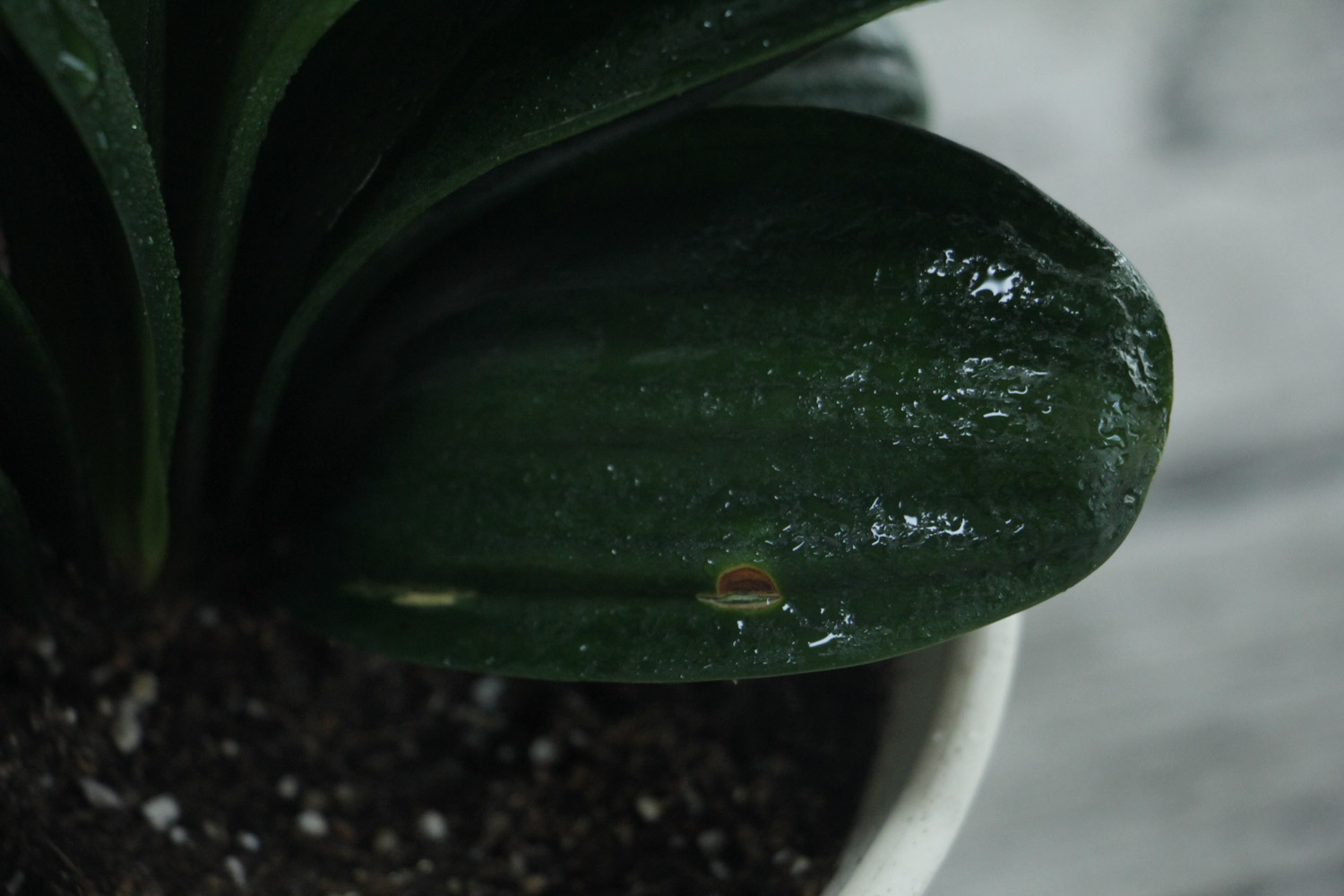
4. After the branches grow roots, do not move them into the soil, but change clean water and continue to maintain them in water. Put it in a sunny place. After the rose grows new leaves, you can add nutrient solution to it
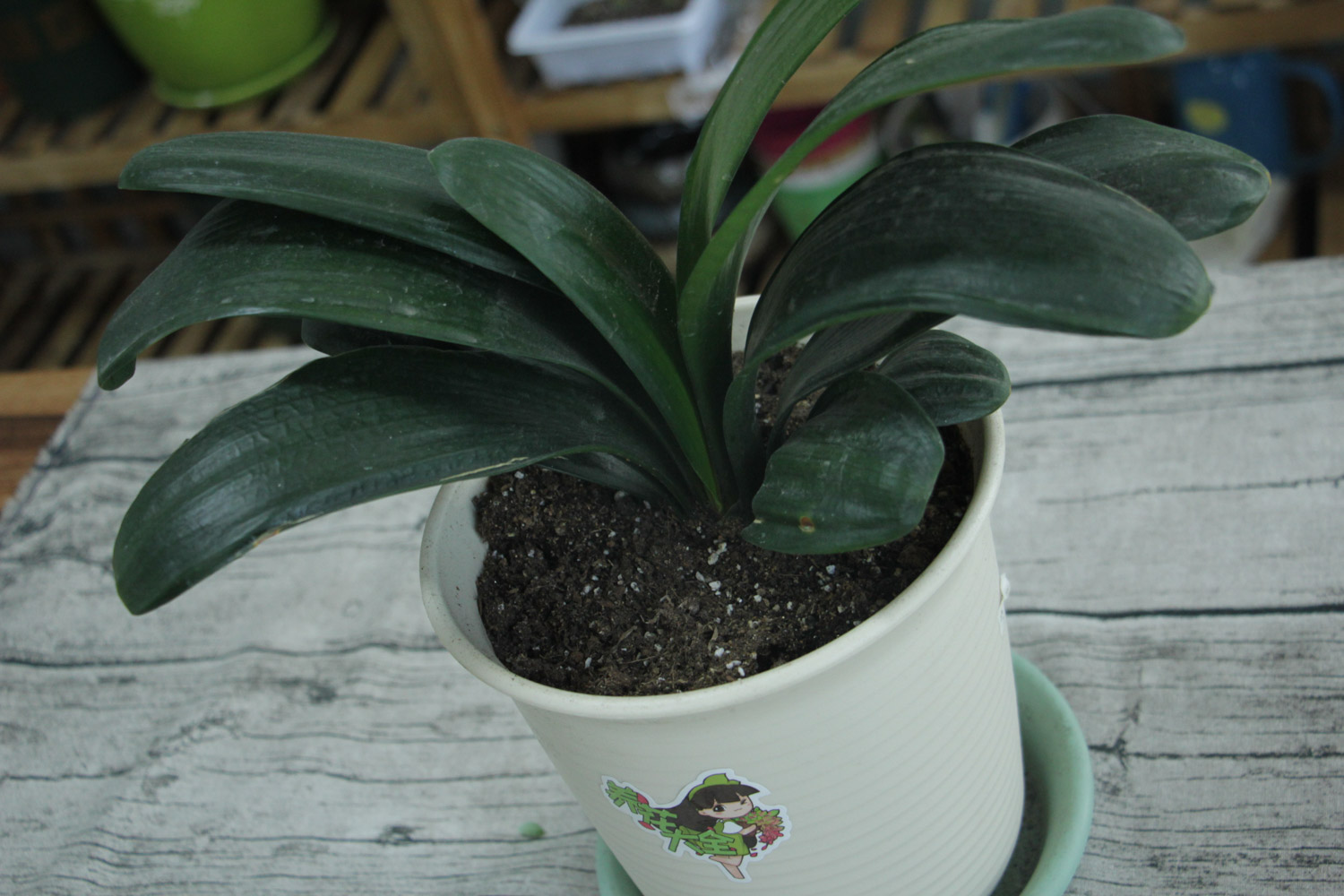
5. Don't soak the roots in liquid fertilizer once a month. Leave them completely in liquid soil. Water cultured rose is clean and not easy to grow diseases and pests
If the rose plant is too large to be fixed, you can use some water moss in the planting basket as shown in the figure below
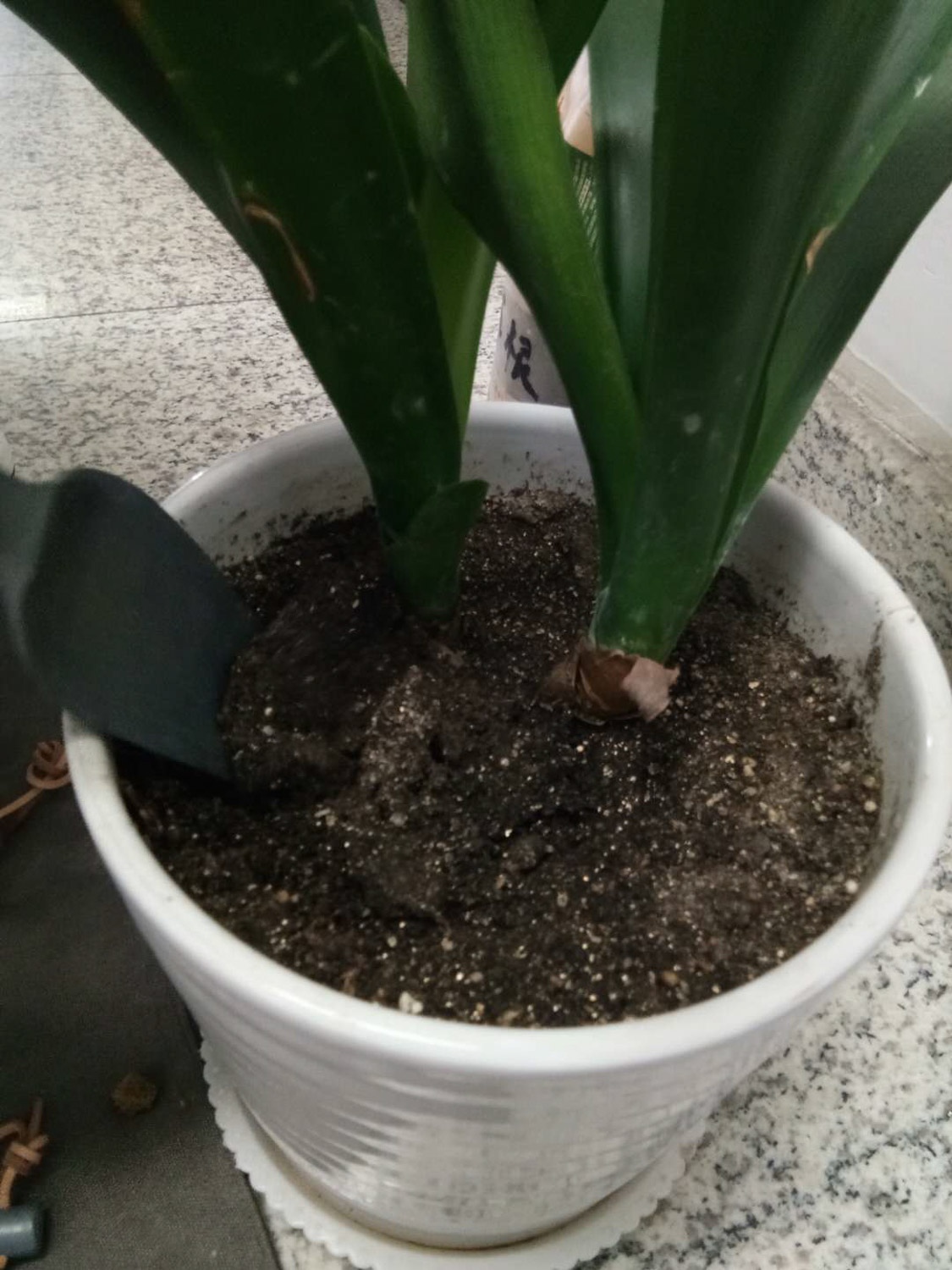
Fleshy
1. You can't raise meat well. It's black and rotten in summer? Why don't you throw it in the water
Take the meat out of the pot
2. Flick away the soil at the root and clean up the root
3. Repair the root system, clean up the thick and bad roots, and soak in carbendazim solution for disinfection
4. Find a hydroponic flask and soak the fleshy roots in the water, leaving part of the roots on the water. Give it a thin drop of nutrient solution once a month
5. The biggest advantage of hydroponic meat is that it is clean, not easy to attract insects, and it is not easy to blacken the water due to infection with bacteria
Gardenia
1. Gardenia always yellow leaves, wilting disease, can't you raise it well? Why don't you throw it in the water
Cut off the Gardenia branches and clean them
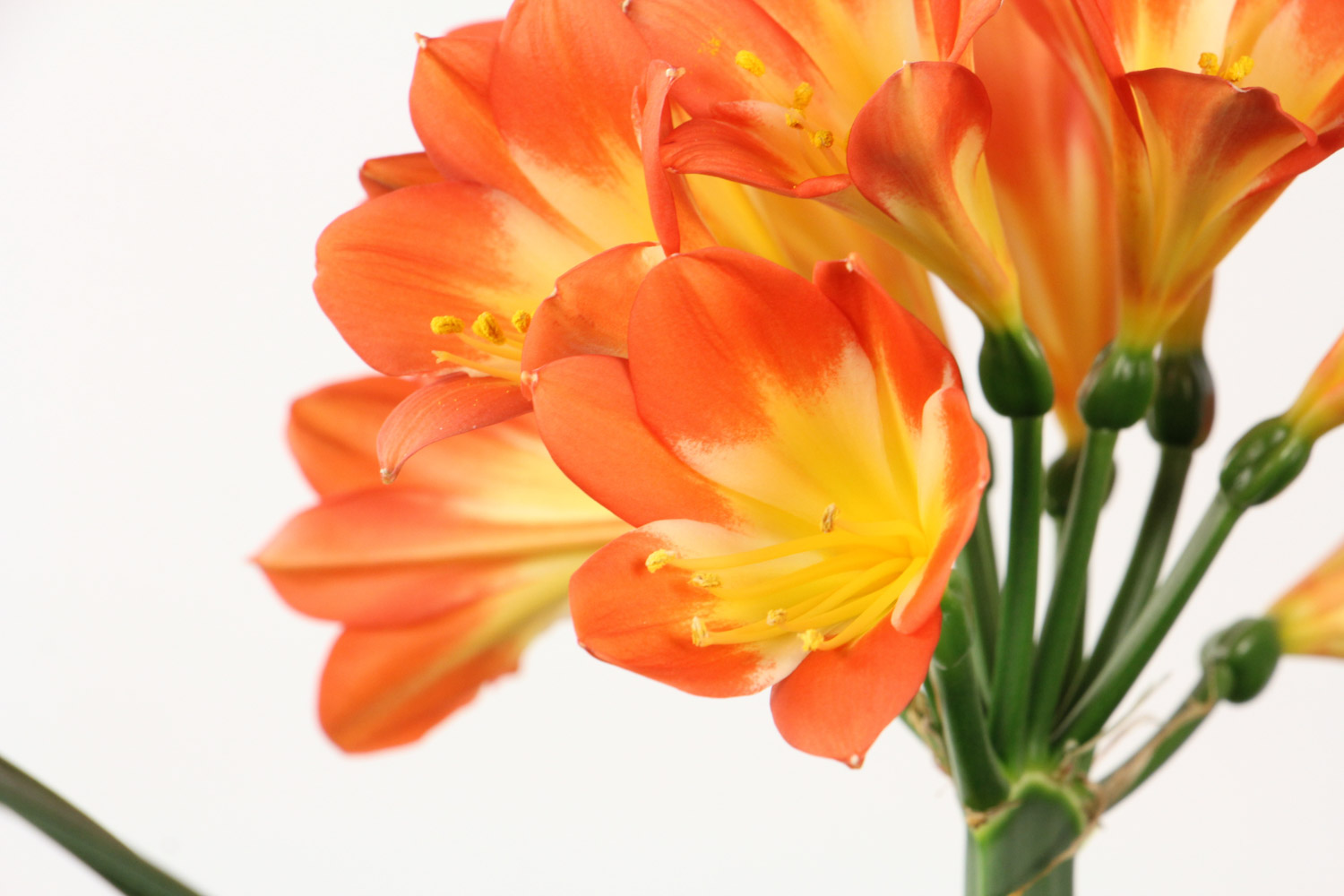
2. Soak them in potassium permanganate solution for disinfection

3. Insert Gardenia into a hydroponic flask and it will take about half a month to take root

4. After rooting, continue to put it in a hydroponic bottle for maintenance. After the new leaves grow, apply thin liquid fertilizer to them every half a month
Hydroponic Gardenia can avoid yellow leaves caused by water shortage. In addition, hydroponic Gardenia with purified water can also avoid alkali yellow leaves caused by too hard water quality
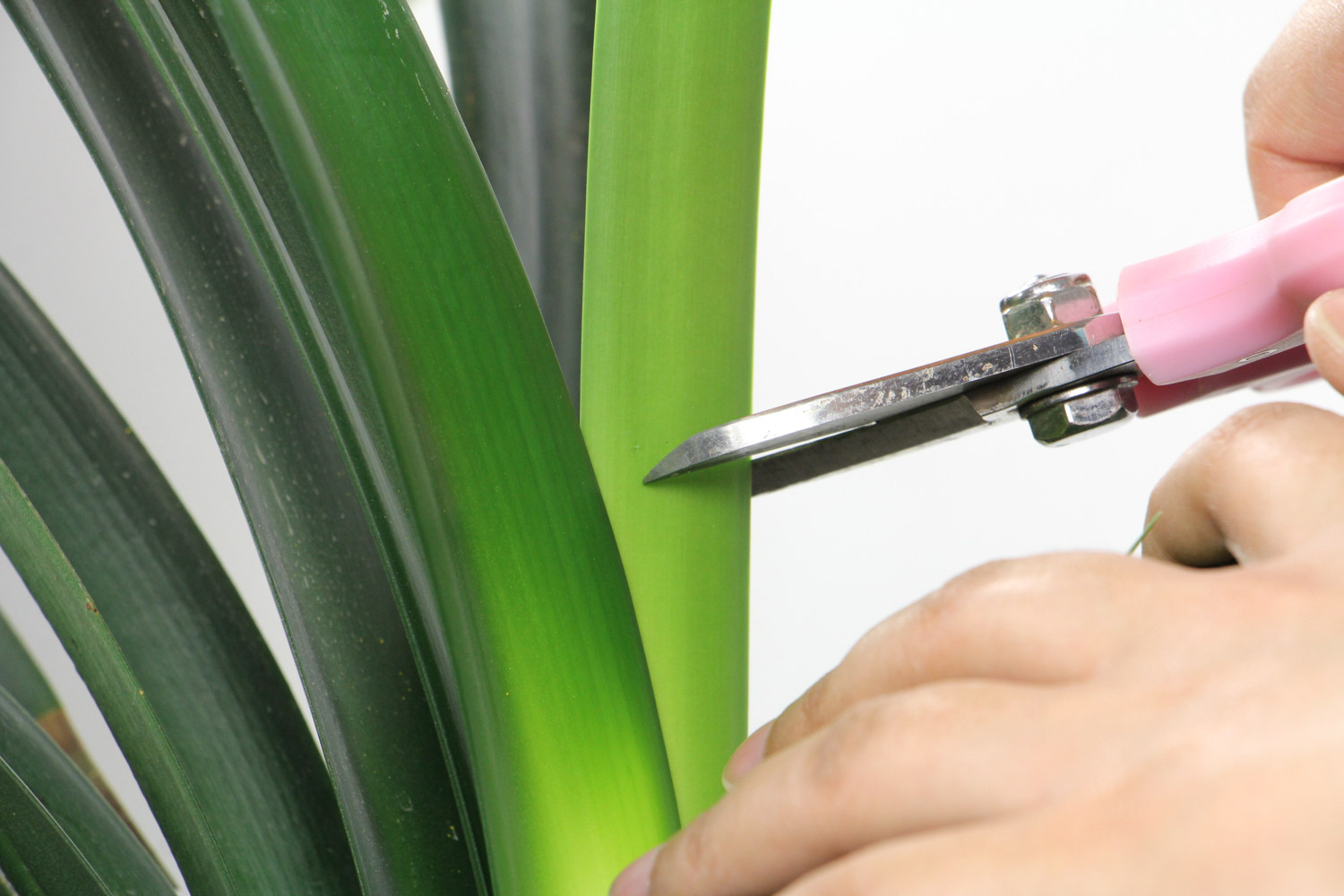

 how many times do yo...
how many times do yo... how many planted tre...
how many planted tre... how many pine trees ...
how many pine trees ... how many pecan trees...
how many pecan trees... how many plants comp...
how many plants comp... how many plants can ...
how many plants can ... how many plants and ...
how many plants and ... how many pepper plan...
how many pepper plan...



























